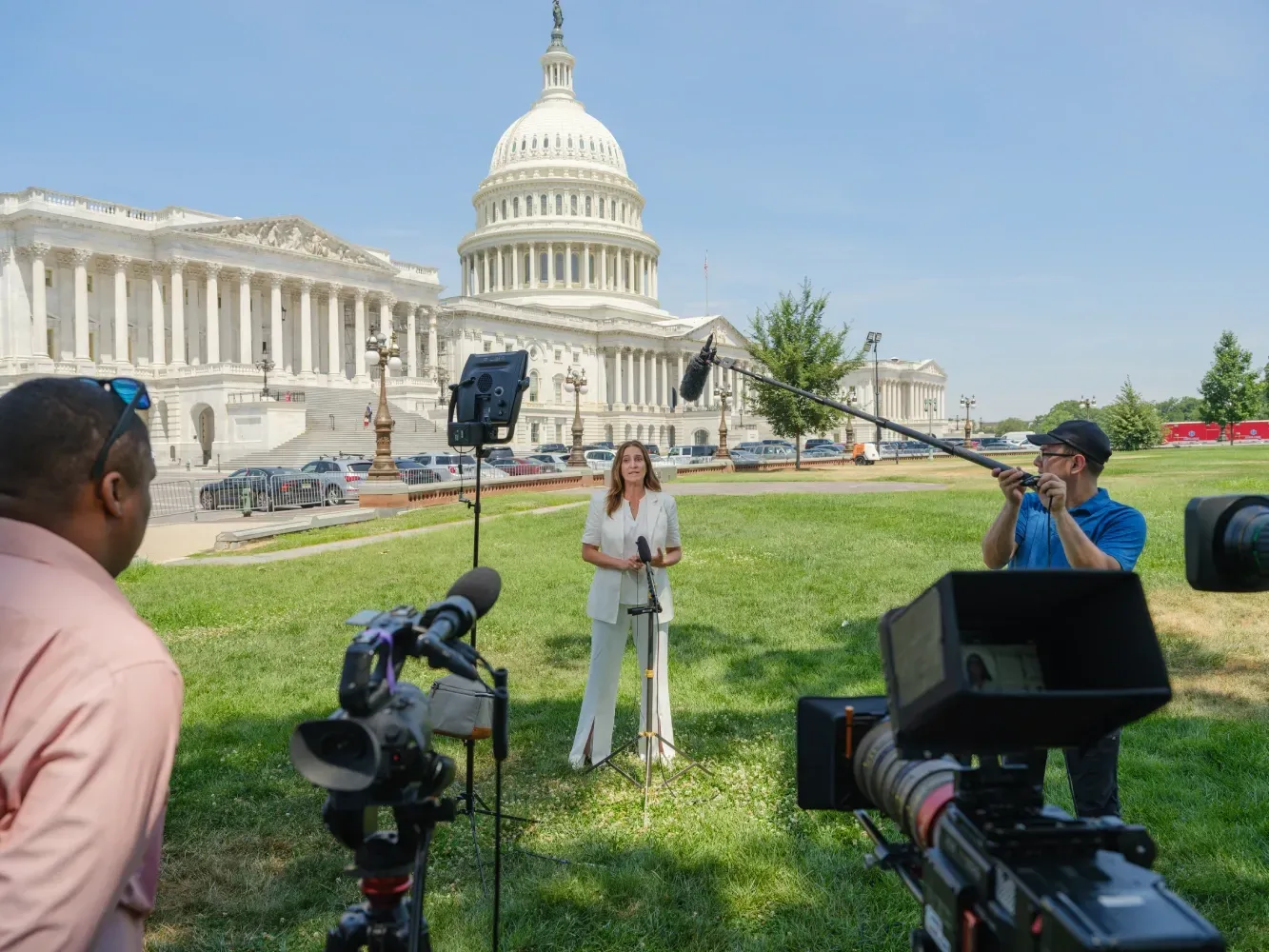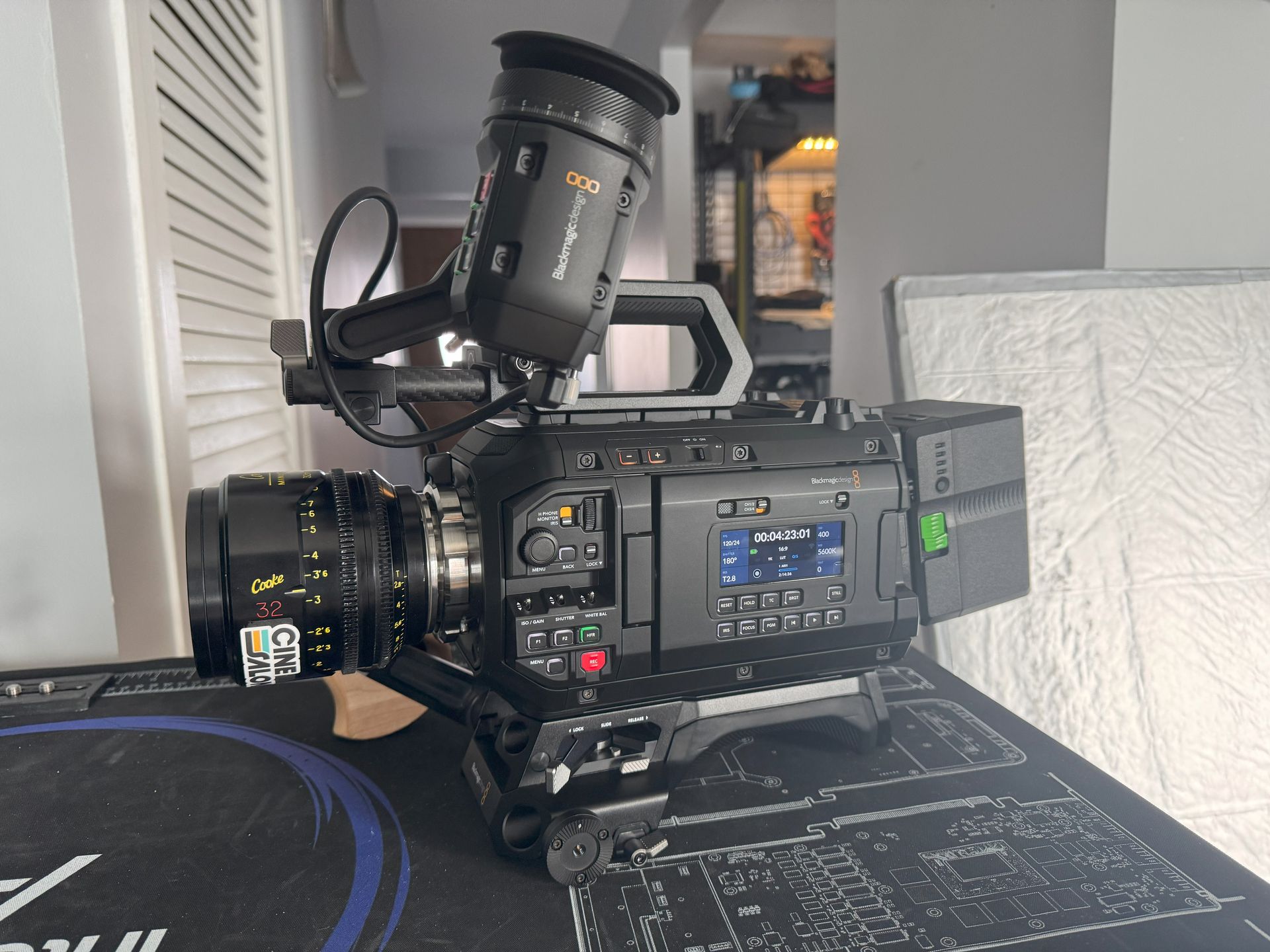
Have you ever wondered how movies and videos come together after filming? That's where post-production comes in. Post-production is the process of completing a video project after filming. It's the essential part of the filmmaking process that involves editing, sound design, and others. In this article, we'll look at these elements and why they're essential.
Editing is selecting and arranging the raw footage to create a cohesive story or message. Sound design involves creating sound effects, music, and dialogue. A good sound enhances the visuals and contributes to the overall tone.
Color grading is the procedure of adjusting the footage's color and contrast. You can achieve a consistent look and feel. Visual effects involve:
- Adding or manipulating visual elements in the footage, such as adding special effects.
- Compositing many shots.
- Removing unwanted objects or people from the scene.
Title and graphics include adding opening and closing titles and any on-screen representations. It includes captions or animations needed to convey information or add visual interest. Audio mixing is balancing the levels of different audio tracks. Adjust the overall sound quality to ensure it is clear and consistent throughout the project.
The Importance of Post-Production in Video Creation
Post-production is the stage in video production where raw footage is transformed into a polished final product. It involves editing, sound design, and other techniques. Use them to refine and enhance the video's overall quality. Post-production ensures the final video meets the desired standards.
One of the main benefits of post-production is that it allows you to correct mistakes and improve the quality of your video. For example, you may have captured shaky footage or low-quality audio during production.
You can make it look and sound much better with the proper editing and sound design techniques. Additionally, post-production enables you to refine the pacing and structure of your video. It will help you make it more engaging and effective at conveying your message.
It allows you to create a consistent visual and audio style for your video. You can add a unique and cohesive aesthetic to your video that sets it apart.
This is especially important for branding videos. Consistent style in videos can help to reinforce your brand identity. Leave a lasting impression on your audience.
Post-production is also essential for adding special effects and other creative elements to your video. Visual effects create stunning animations, realistic simulations, and other eye-catching visuals. It can take your video to the next level. Similarly, titles and graphics help convey important information or reinforce the video's theme.
8 Key Elements of Post-Production
Editing
Editing is one of the most critical elements of post-production. It selects and arranges the raw footage to create a story or message. The process turns raw footage into a cohesive and engaging video. As an editor, you can make a video interesting, engaging, dull, and unwatchable.
The editing process involves reviewing all the footage and selecting the best takes logically. You need a good sense of timing, rhythm, and pacing to create a smooth video. You also need to know when to use different shots. Use close-ups or wide shots to create moods and emphasize important moments in the video.
Editing involves adding transitions and creating a narrative structure. Changes help to move the video from one scene to the next seamlessly. Cutting out unwanted footage helps to keep the video focused and on track. Creating a narrative structure involves deciding on the overall story of the video.
Overall, editing is a crucial element of post-production. It is the process that combines all the footage to create a final product that tells a story or conveys a message.
Sound Design
Sound design is a critical element of post-production that can significantly affect the quality of your video. It's creating or selecting sound effects, music, and dialogue. You can enhance the visuals and contribute to the overall tone and atmosphere of the project. Good design helps to bring the video to life and make it more engaging and immersive.
The addition of sound effects can increase the energy and excitement of a video. Natural sounds like footsteps or birds singing can make a scene feel more lifelike and draw the viewer in.
Adding music to a video is a great way to set the tone and improve the overall experience. A video can be more exciting and entertaining with the help of enthusiastic music or peaceful and restful with the help of gentle, soothing music.
The sound design process involves selecting the right sounds and music to match the mood and tone of each scene. It also consists in adjusting the audio levels to ensure the sound is balanced and clear. Additionally, sound design involves cleaning up and enhancing the spoken words. Make them more audible and understandable.
Overall, sound design is an essential element of post-production that can elevate your video to the next level. Incorporating well-chosen sound effects can create a more engaging experience for the viewer.
Color Grading
Color grading is a crucial element of post-production that involves adjusting the colors and tones of the footage. You can easily create a specific mood or look. Color grading can significantly impact the overall visual style of the video and make it more engaging and immersive for the viewer.
You can adjust the footage's brightness, contrast, saturation, and color balance to achieve the desired look. You can make the footage look warmer or cooler, add a specific tint or color cast, and adjust the shadows and highlights to create a more dramatic effect. You can also use color grading to create a consistent visual style throughout the video.
Color grading is crucial for movies or videos shot in various environments with varying light levels. Even under unnatural lighting, a steady color grading can improve the footage's flow.
Color grading, in general, can greatly affect your video's aesthetic. By manipulating the video's hues and saturation, you may give it a look and feel that works better with the story or message you're attempting to express. Color grading is a crucial post-production process that significantly improves your video's quality.
Visual Effects
In visual effects (VFX), editors edit the video to achieve the desired effect. Visual effects can provide special effects, realistic surroundings, and adding or subtracting things from a scene.
Visual effects help to create an immersive and exciting experience for the spectator. Dazzling visual effects are only one way to spice up the thrill factor. Using visual effects to build convincing backdrops may greatly benefit the viewer's sense of immersion.
Visual effects are created by manipulating footage with the help of specialized software and hardware. Compositing, 3D modeling, and animation are all examples of VFX. Artists specializing in visual effects collaborate closely with the film's creative leadership to realize their shared artistic vision.
Overall, VFX is a crucial element of post-production that can significantly impact the overall quality of a video. Using VFX to enhance the visuals, you can create an engaging experience for the viewer. However, it's crucial to use VFX judiciously and ensure they serve the story or message.
Titles and Graphics
Titles and graphics can help to communicate important information. They help to enhance the overall visual style of a video. Titles introduce the video and identify the people or places in the footage. They provide additional information about the content.
In addition to providing information, titles, and graphics can also be used to create a specific visual style or mood for the video. For example, a particular font or color scheme can create a more cohesive and visually appealing experience for the viewer. Titles make sense of hierarchy, highlighting important information or elements within the video.
Creating titles and graphics typically involves using specialized software such as Adobe Photoshop. Templates speed up the process. It's essential to ensure that the labels and pictures match the overall style and vision of the project and are easy to read and understand.
Overall, titles and graphics can help to communicate important information and enhance the overall visual style of a video. Using titles and graphics creates a more engaging and immersive experience.
Audio Mixing
Audio mixing is a critical element of post-production that involves adjusting the various audio components. Mixing creates a cohesive and high-quality final product. Audio mixing can include changing the levels of dialogue and music. It also includes applying equalization, compression, and reverb.
Audio mixing aims to ensure that the audio elements in the video are balanced. They should be clear and complement the visuals to create a seamless experience. A well-mixed video should have dialogue that is easy to understand. Music should enhance the mood and emotion of the video. Sound effects that are appropriate and not overwhelming.
The process of audio mixing typically involves using specialized software such as Pro Tools or Adobe Audition. The audio engineer works closely with the director or producer. It ensures that the audio elements match the overall style and vision of the project. Ensuring that the audio levels are consistent throughout the video is essential. No sudden changes should appear in volume that could distract or disorient the viewer.
Overall, audio mixing can significantly impact the overall quality of a video. By ensuring that the audio components are balanced and clear, you can create a more engaging and immersive experience for the viewer. Investing time and resources into audio mixing is essential to ensure that the final product is of the highest quality.
Distribution and Delivery
Distribution and delivery is the final step in the post-production process. It involves getting the finished video in front of its intended audience. Distribution can include delivering the video to broadcast networks or streaming platforms. The goal of distribution and delivery is to ensure that the video is available to its target audience in the format and quality they expect.
One of the critical considerations when it comes to distribution and delivery is the format of the video. Different distribution channels may require different formats or codecs. Ensuring the content is perfect for each platform is essential. Format optimization can include adjusting the resolution, bit rate, and other technical specifications. Ensuring the video looks and sounds as good as possible on each platform is vital.
Another important consideration is the delivery method. Depending on the size and format of the video, it should be on physical media such as DVDs or hard drives. It may be delivered electronically via the Internet or a dedicated delivery platform. It's vital to ensure that the delivery method is reliable and secure.
In addition to technical considerations, distribution and delivery can involve marketing and promotion. This can include creating trailers to build hype and anticipation for the video. Working with influencers or other partners to help promote the video to a broader audience. Investing in marketing can help ensure the video reaches its intended audience.
Post-production tasks like distribution and delivery are crucial to a video's success. Think about the best format, mode of distribution, and promotion to use. You may aid in the video's distribution and subsequent impact.
Stabilization
Stabilization is a post-production process that involves correcting shaky or unstable footage. This is commonly used in video production to smooth out handheld camera shots or footage captured from moving vehicles or drones.
They apply digital algorithms to smooth out the footage and reduce jitter. Specialized tools, such as the Warp Stabilizer in Adobe After Effects, can analyze the footage. Stabilization is important, as shaky footage can be jarring for audiences and distract from the story.
Conclusion
The final stage of making a video is called "post-production." The end outcome is a seamless integration of all aspects of the project. Several crucial elements play a role, all of which are vital for a polished final product.
After filming, the footage must be edited to tell a story. Sound design can increase a video's emotional impact by incorporating effects, music, and other aspects. Color grading is the process of editing a video such that its hues and tones are uniform and pleasing to the eye. The use of visual effects can give the film a more cinematic feel, making it more interesting and entertaining to the viewer.
Branding your movie and ensuring viewers know what they're watching requires high-quality titles and visuals. They can assist in establishing the mood and provide background information. Recognizing the effort put into a video can help you comprehend it. Keep post-production in mind the next time you see a professionally produced video or film.

Get total clarity on your video marketing and paid media with our FREE comprehensive data audit.







